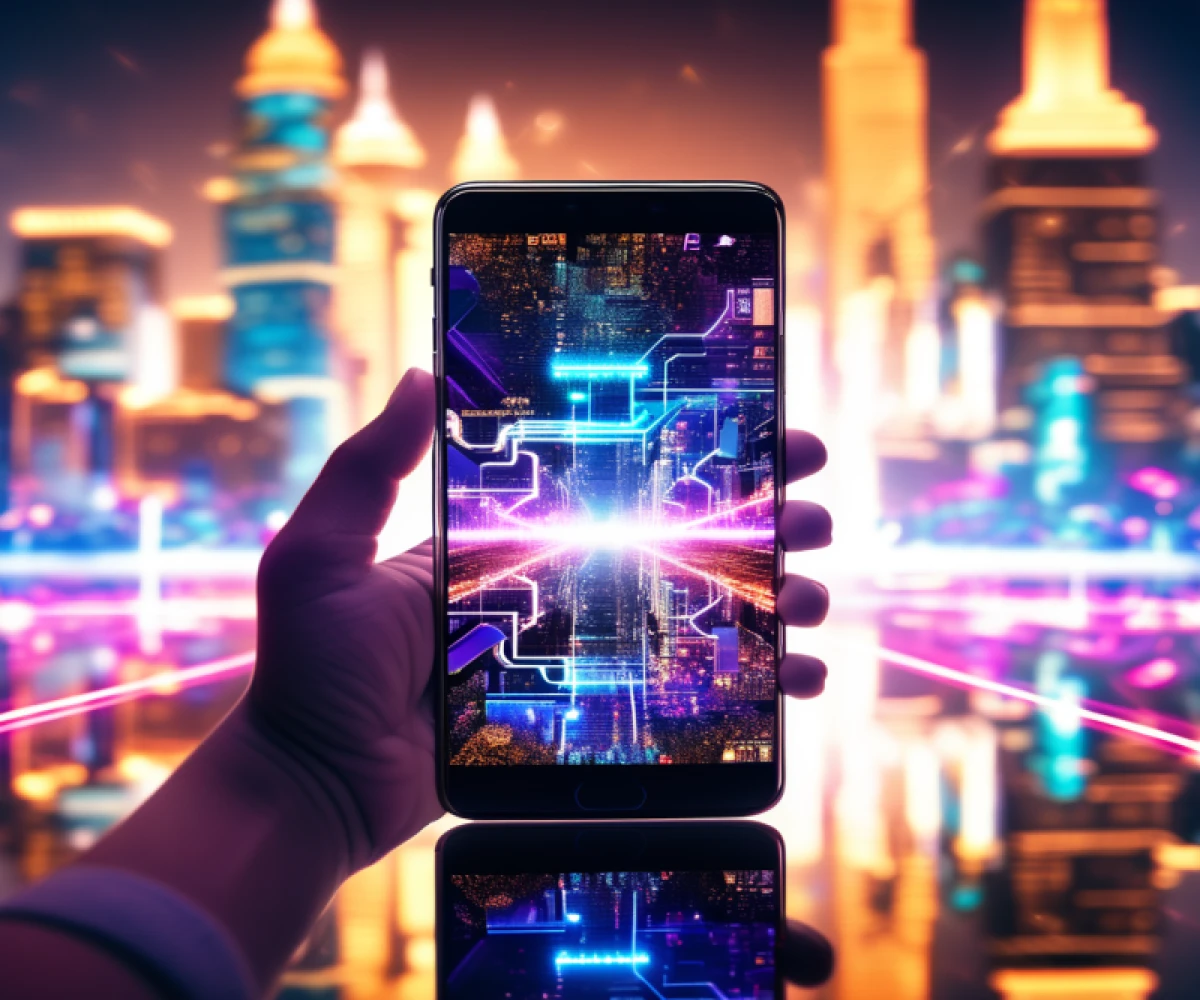
Mind-Blowing Technologies: 6G and 7G Will Change Everything You Know
A Deep Dive into 6G and 7G Technologies
The world is still buzzing with the excitement of 5G, but the race is already on for the next generation of wireless technology: 6G and 7G. These cutting-edge networks promise to revolutionize the way we live, work, and connect, with even faster speeds, lower latency, and a wider range of capabilities.
What is 6G?
6G is the next major step in the evolution of mobile networks. It is expected to be deployed in the late 2020s or early 2030s and will offer a significant leap in performance over 5G. Some of the key features of 6G include:
-
Data rates up to 100 Gbps: This is a tenfold increase over 5G and will enable us to download entire movies in seconds.
-
Latency as low as 0.1 milliseconds: This will make real-time applications, such as virtual reality and augmented reality, feel even more immersive and responsive.
-
Wider range of frequencies: 6G will use a wider range of frequencies, including terahertz waves, which will provide even more capacity for data transmission.
-
Improved network intelligence: 6G networks will be able to learn and adapt to user needs, providing a more personalized and efficient experience.
What is 7G?
7G is still in its early stages of development, but it is expected to be even more powerful than 6G. Some of the potential features of 7G include:
-
Data rates up to 1 Tbps: This is a thousandfold increase over 5G and will make it possible to download massive amounts of data in the blink of an eye.
-
Latency as low as 0.01 milliseconds: This will make real-time applications virtually indistinguishable from the real world.
-
Global coverage: 7G networks will be able to provide seamless connectivity even in remote areas.
-
Integration with artificial intelligence: 7G networks will be able to leverage AI to optimize performance and provide even more personalized services.
The impact of 6G and 7G
6G and 7G have the potential to transform many aspects of our lives. Here are just a few examples:
-
Smart cities: 6G and 7G will enable the development of smart cities that are more efficient, sustainable, and livable.
-
Connected homes: Our homes will be even more connected, with appliances, devices, and even furniture communicating with each other.
-
Augmented reality and virtual reality: AR and VR will become even more immersive and realistic, with applications in gaming, education, and training.
-
Healthcare: 6G and 7G will enable remote surgery, real-time patient monitoring, and personalized medicine.
-
Manufacturing: 7G will enable the development of intelligent factories that are more efficient and productive.
Challenges and opportunities
The development of 6G and 7G faces a number of challenges, including the need for new technologies, spectrum allocation, and security concerns. However, the potential benefits of these networks are so great that it is likely that these challenges will be overcome.
6G and 7G represent a major leap forward in wireless technology. These networks have the potential to transform many aspects of our lives and make the world a more connected, efficient, and livable place.
In addition to the points above, here are some other interesting facts about 6G and 7G:
-
6G is expected to be the first generation of mobile networks to use artificial intelligence.
-
7G is expected to use a new type of network architecture called "quantum mesh networking."
-
6G and 7G will play a key role in the development of the metaverse.
I hope this blog post has given you a better understanding of 6G and 7G technologies. These are exciting times for wireless technology, and it will be fascinating to see how 6G and 7G shape the future.
What are your thoughts on 6G and 7G? What do you think they will mean for the future?
Please share your thoughts in the comments below.
Thank you for reading!


